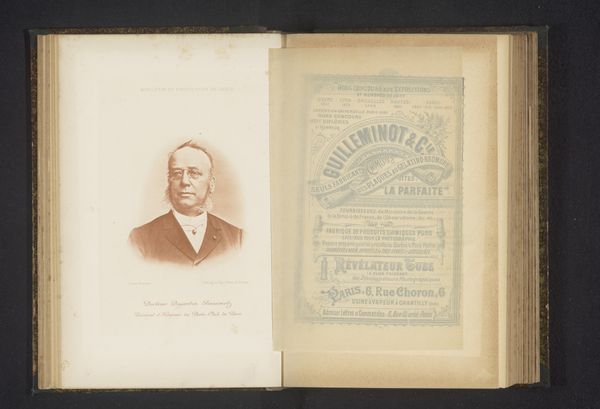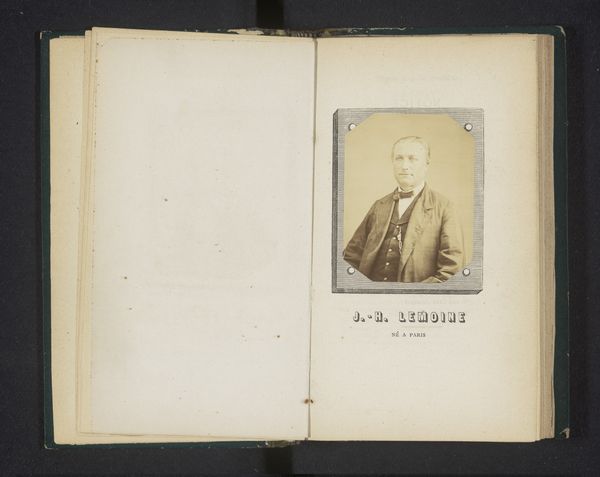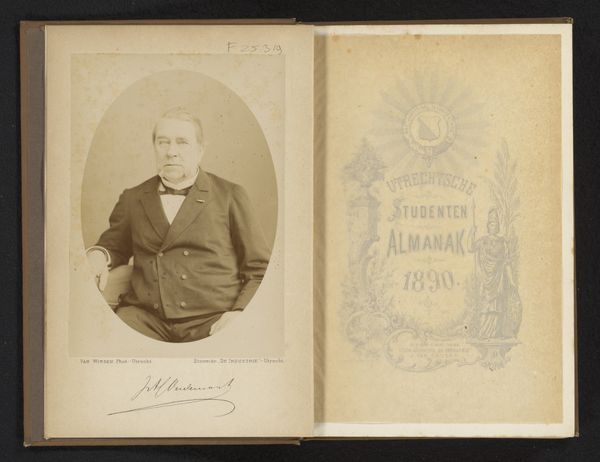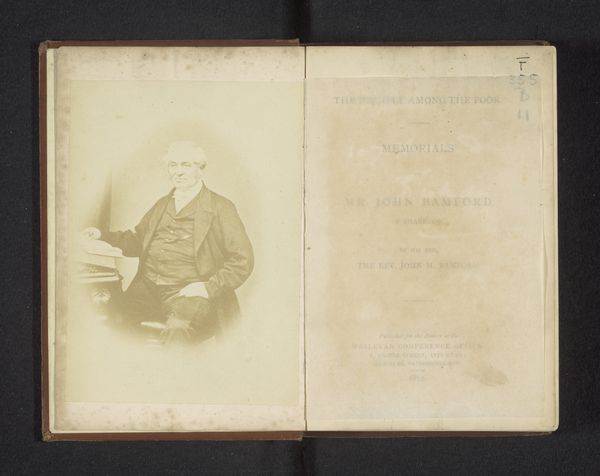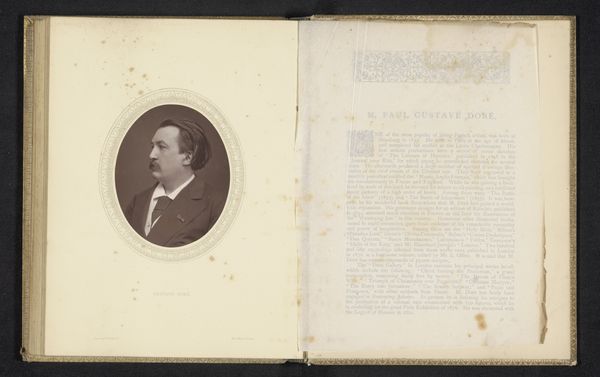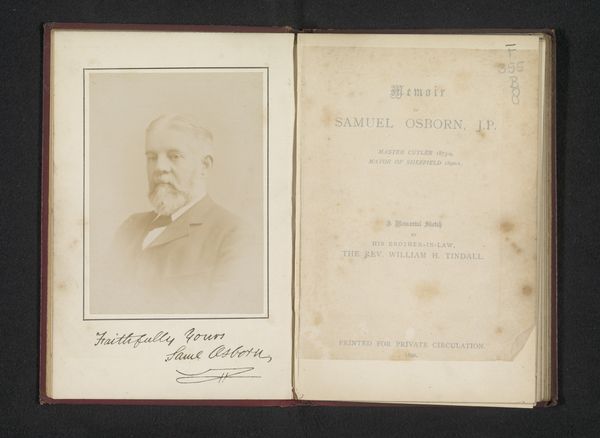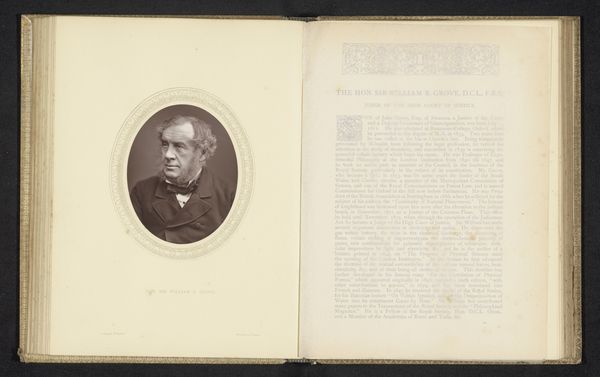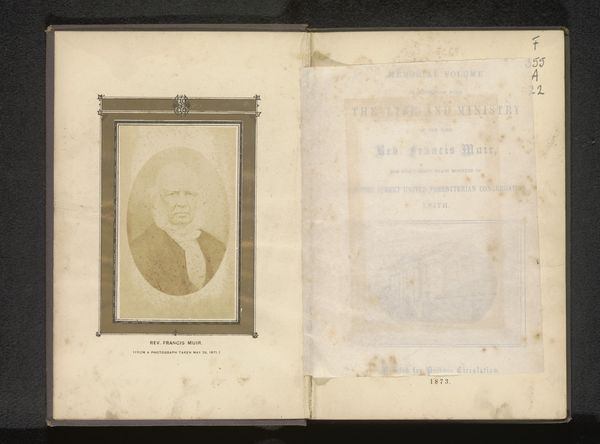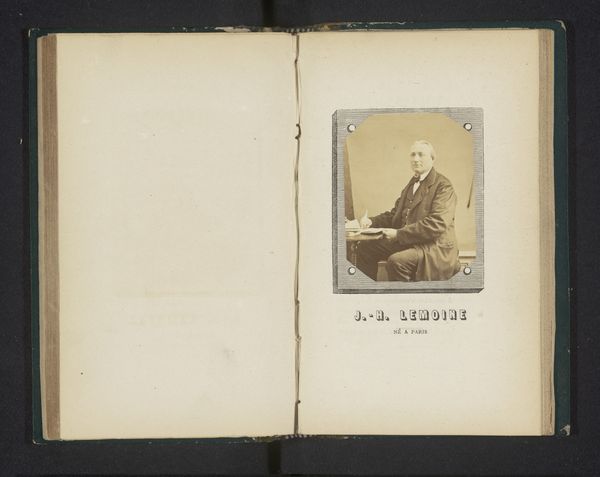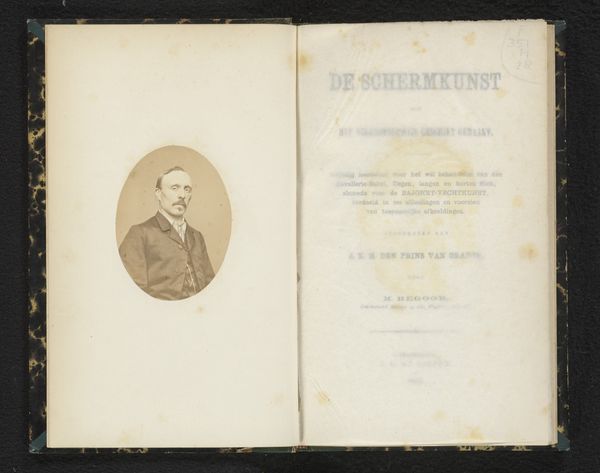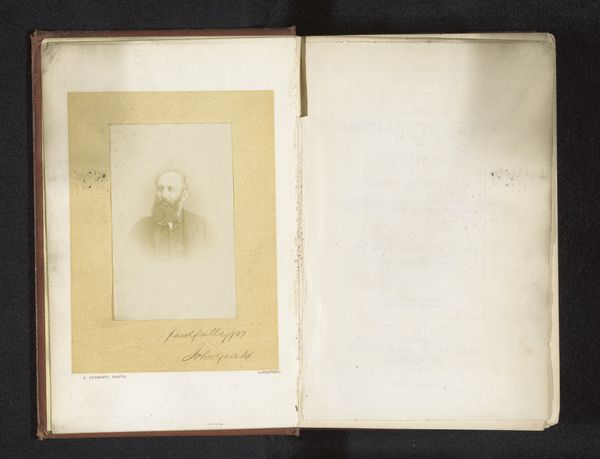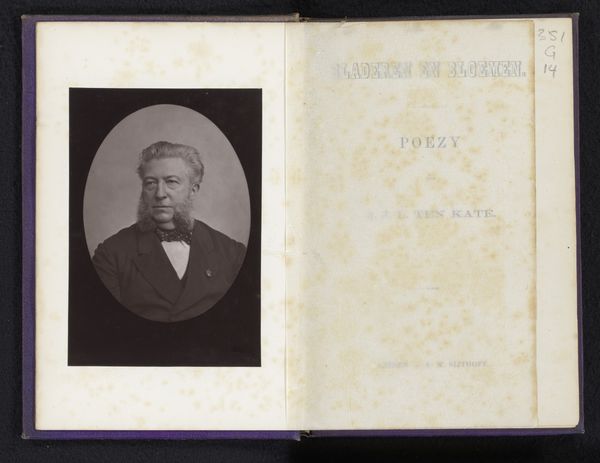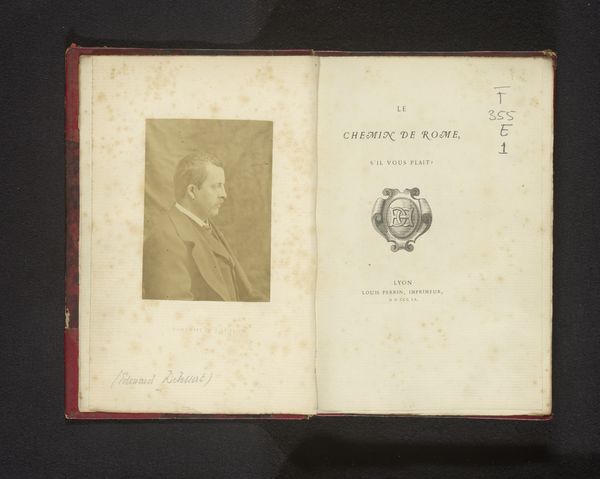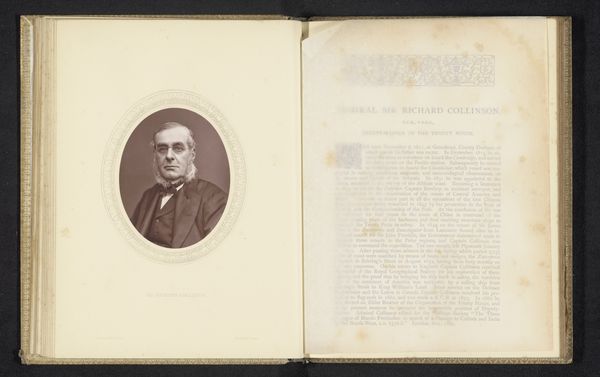
photography
#
portrait
#
photography
#
academic-art
Dimensions: height 132 mm, width 92 mm
Copyright: Rijks Museum: Open Domain
Curator: Let’s take a look at this portrait of Th. Schwann, dating back to around 1874 to 1879. It's a photograph, a typical medium for portraiture in that era, made in an academic style. What’s your initial reaction? Editor: Well, first impression? He looks... stern, almost judgmental. The sepia tone gives it an antiquated feel, obviously, but there's something about his gaze that makes me want to ask if I’ve done my homework! Curator: Indeed. The serious demeanor was cultivated in photographic portraiture from this era. Given Schwann was a physiologist, the image aimed to convey the importance of intellectual stature. Photography by this point was more and more popular, replacing portrait paintings and emphasizing bourgeois realism. Editor: Realism, sure, but it's interesting how posed and constructed even these early photos could be. Like, was he always that serious, or was it a performance for the camera? Is that little red frame surrounding him also intended as visual indicator of wealth, importance, something special about him? It gives it this theatrical feel, doesn't it? Almost like he is standing center-stage. Curator: Absolutely. The act of representation and constructing these photos was significant in society. Also the fact that such imagery was intended to commemorate individuals considered "significant". What message does this perpetuate in terms of social values and how do academic establishments play a key role here? I would say that this photograph also invites questions on the impact of portrait photography on cultural narratives in the late 19th century. Editor: Good questions, definitely makes you think about who gets remembered and how. Maybe someday they will have to make one of us! Curator: Perhaps. It highlights how institutional power shapes visual culture, really. I think this portrait serves as a valuable entry point to consider the confluence of science, social status, and the emergent power of photographic representation. Editor: Definitely. It is a very complex narrative hiding behind what seemed like just another boring old portrait!
Comments
No comments
Be the first to comment and join the conversation on the ultimate creative platform.
